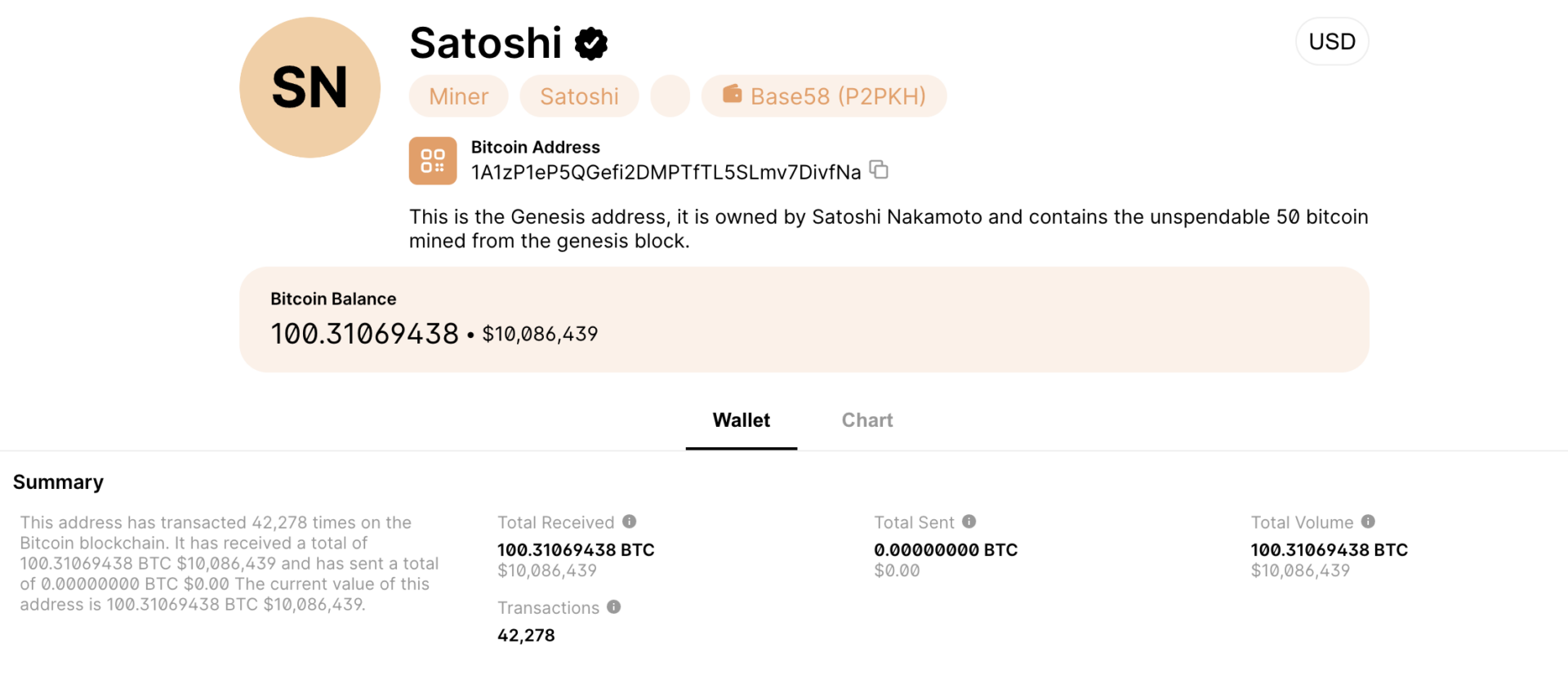Updated: Jul 28, 2023
A UK teacher’s experience delivering the Mi Primer Bitcoin curriculum
As the huddled masses empty from the corridors a remnant of curious teenagers sit on plastic chairs discussing a revolution. A node hums silently on my desk as I invite their curiosity to consider how fixing the money will fix the world.
Thanks for reading Bitcoin Policy UK – Research! Subscribe for free to receive new posts and support my work.
My students (GenZ), having generated their private keys with 256 pennies and secured them into stamped stainless steel, learn why their bitcoin can never be stolen from them and why, if they save, their purchasing power will appreciate into infinity. We learn about Satoshi’s genius and the corruption of fiat money using the ever increasing patchwork of online materials and the Mi Primer Bitcoin curriculum taught in El Salvador.
In my experience, using physical physical objects is a crucial part of grounding bitcoin in reality. Demonstrating proof-of-work using dice games helps to take ethereal concepts and ground them in reality. An inexpensive NerdMiner and a small RaspberryPi node should also form an essential part of the curriculum. How can you check the consensus rules of bitcoin otherwise?
During the first lesson, my own enthusiasm acts as a hook to intrigue the students that join me. Sending the students some sats and then moving them around the classroom is a fantastic first exercise and I find that this is the best opportunity to highlight to the students that they didn’t need permission to open a wallet. Students in the U.K. have to be reminded that the poorest of humanity don’t have access to a bank account and cannot save money easily. I tell the students that they own ‘the most scarce item in the universe’ which typically lights up their eyes, as does reminding them not to trust me about this but to verify for themselves over the coming weeks.

Without understanding the problem, it is impossible to see the solution so we spend the first three lessons learning about the history of money and then how the current monetary system operates.
I follow Saifedean’s excellent approach and begin with the history of money, this is another fantastic opportunity to pass around shells, beads, stones and gold or silver coins. The story of the Islands of Yap intrigue my students and they are often bemused to discover that Aggry Beads are not included in their history lessons about the slave trade. I think that the lustre and beauty of physical gold is essential to illustrate how we can easy to compare the ‘money-ness’ of various objects and I make sure that I am questioning my students about the embedded energy in each money in the very first lesson we have together.

The corruption of money through fiat is the next logical step for my students to diagnose the problem. Unlike with adults whose cynicism stops them from seeking a solution, young people have a keen sense of fairness and oftentimes are angered when they learn about the injustice of fractional reserves and of debt servitude imposed on not only the poorest people in the world, but on all of humanity.
There are many stories online from people that have been subjected to overnight currency debasement, especially in Niger and countries under the yoke of the CFA and my students are often aghast that people can be so easily stolen from. My students are often similarly unaware of the Truckers’ Protests, the current situation in Lebanon and Argentina or that there is ‘infinite money’ in the Federal Reserve.
Using video content to illustrate these stories and taking questions is very effective. Tools like the US debt clock and WTFhappenedin1971 provide easy discussion points. By the end of our third lesson, I ask my students to write three words that best illustrate the current system of money.
Once the problem of centralisation has been understood, the solution is easier to comprehend. I think that having a node and a separate miner would make explaining bitcoin much easier throughout this part of the course.
Understanding how bitcoin’s incentive structure maintains consensus is really important and students spend a lot of time grappling with this. Most teenagers are familiar with computer hacking and so many of them ask questions about whether the network can be coopted. Demonstrating how bitcoin works by using dice to demonstrate proof-of-work really helps my students to ‘see’ how the network uses proof-of-work to arrive at consensus.
Once students have a grasp of how the Bitcoin network operates, it is important that they learn how to custody their bitcoin in cold storage. First we start with generating a private key using Wicked’s excellent 256 coin method and Blue Wallet. We have a 3D printer in our design and technology department so we make some Blockmit jigs and spend an hour hammering our seed phrases into stainless steel washers. The students then send bitcoin to the address that they have manually created by hand and this is the moment when their faces really begin to light up!
We continue with the Mi Primer Bitcoin Diploma in the final lessons touching on time preference and the potential future of bitcoin.
My ambitions for teaching bitcoin in my school:
The final project is an essay or art piece that should encapsulate everything that the students have learnt. In the future I would like to make this an art exhibition where students can be tipped in sats for their work.
I would also like to incentivise the students at my school to come to Bitcoin Club by paying them in sats for every lesson they attend. If they enjoy the lesson they can tip me in exchange.
As proof-of-work and entrepreneurialism are fundamental to bitcoin, I would like the bitcoin club to become active and make money to buy resources. So far I have funded the club from my own pocket but my ambition is for it to sustain itself. This could be through a Fountain Podcast or by producing a product that Bitcoiners would like to buy to support our endeavours.
I would also like to teach a second and third course for students in my school, once they have completed the twelve week primer on Bitcoin. An introduction to Austrian Economics should, in my opinion, be part of our national curriculum as should an introduction to Praxaeology. With Saifedean Ammous’ and Knut Svalnholm’s recent contributions we have some excellent materials to get started with!
Eventually I hope to integrate bitcoin more fully into education as a whole, I have been very excited by Marcos’ work with emeralize although I haven’t created any material for the platform yet it is something that I will be working on during the summer holidays!
Young people don’t have as many objections or preconceptions about bitcoin and ask thoughtful probing questions that will help develop understanding. Expert Bitcoiners can serve their communities very effectively by giving their time generously and productively by engaging with social institutions such as schools, churches and community groups.
Fundraising for GenZ:
This after school club is raising money to buy an Apollo Miner and node as well as upgrade their NerdMiner, you can contribute to their Geyser Fund here.




